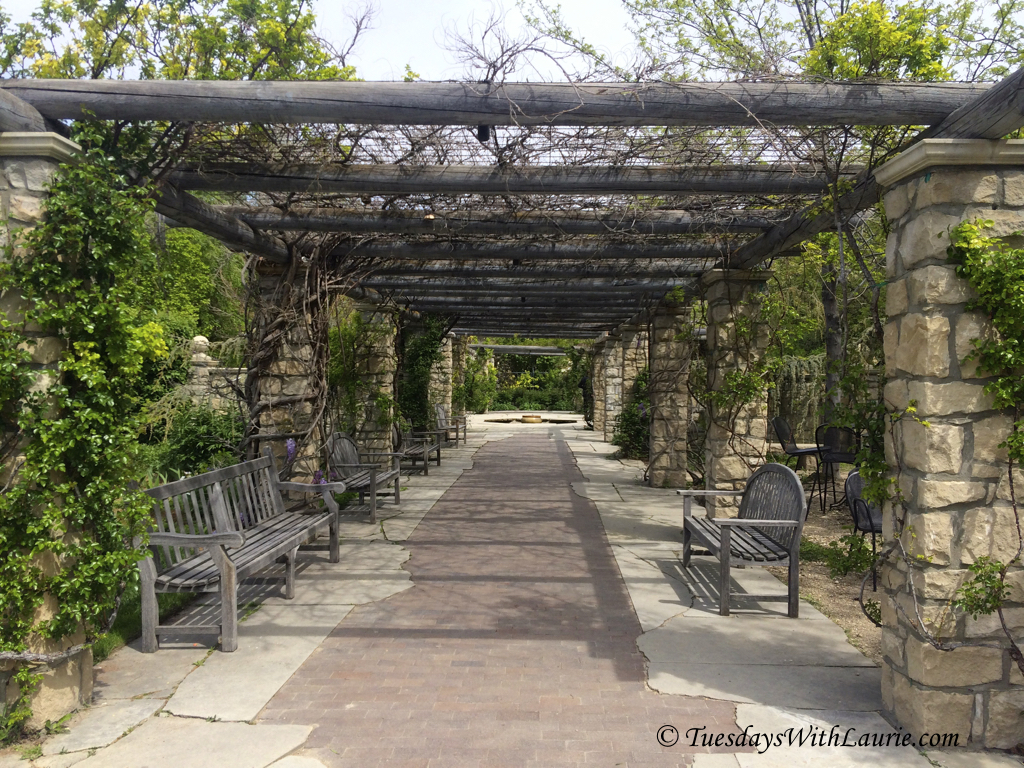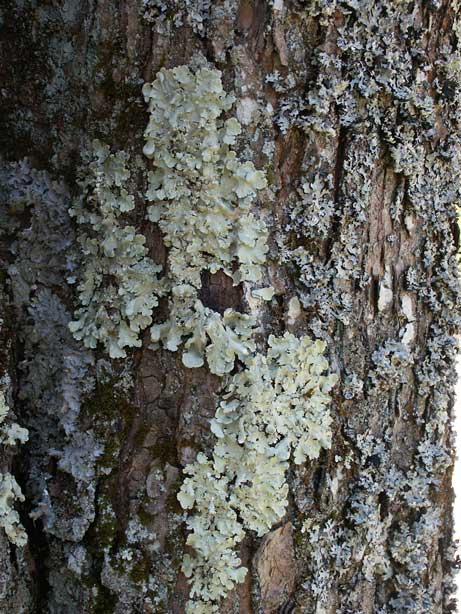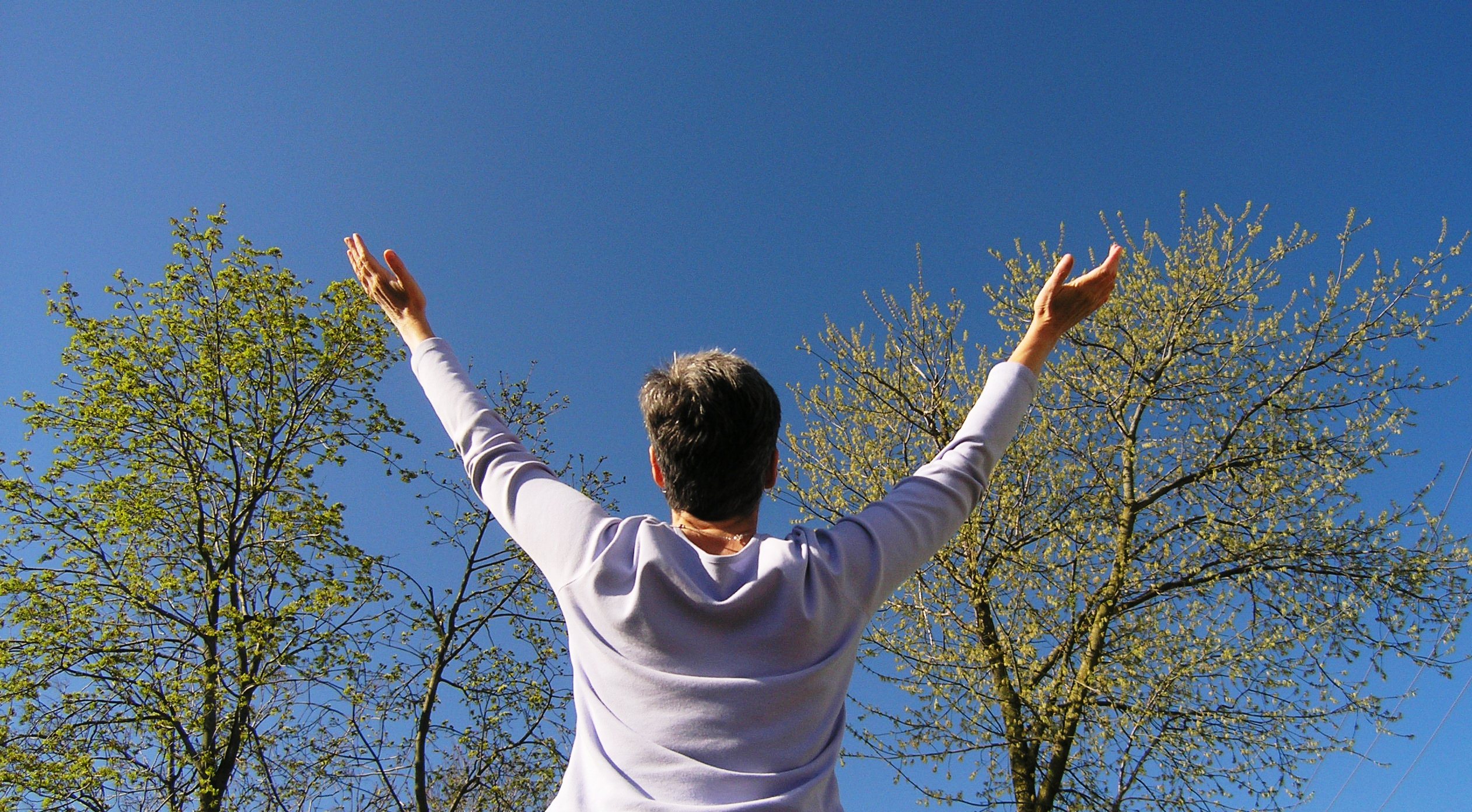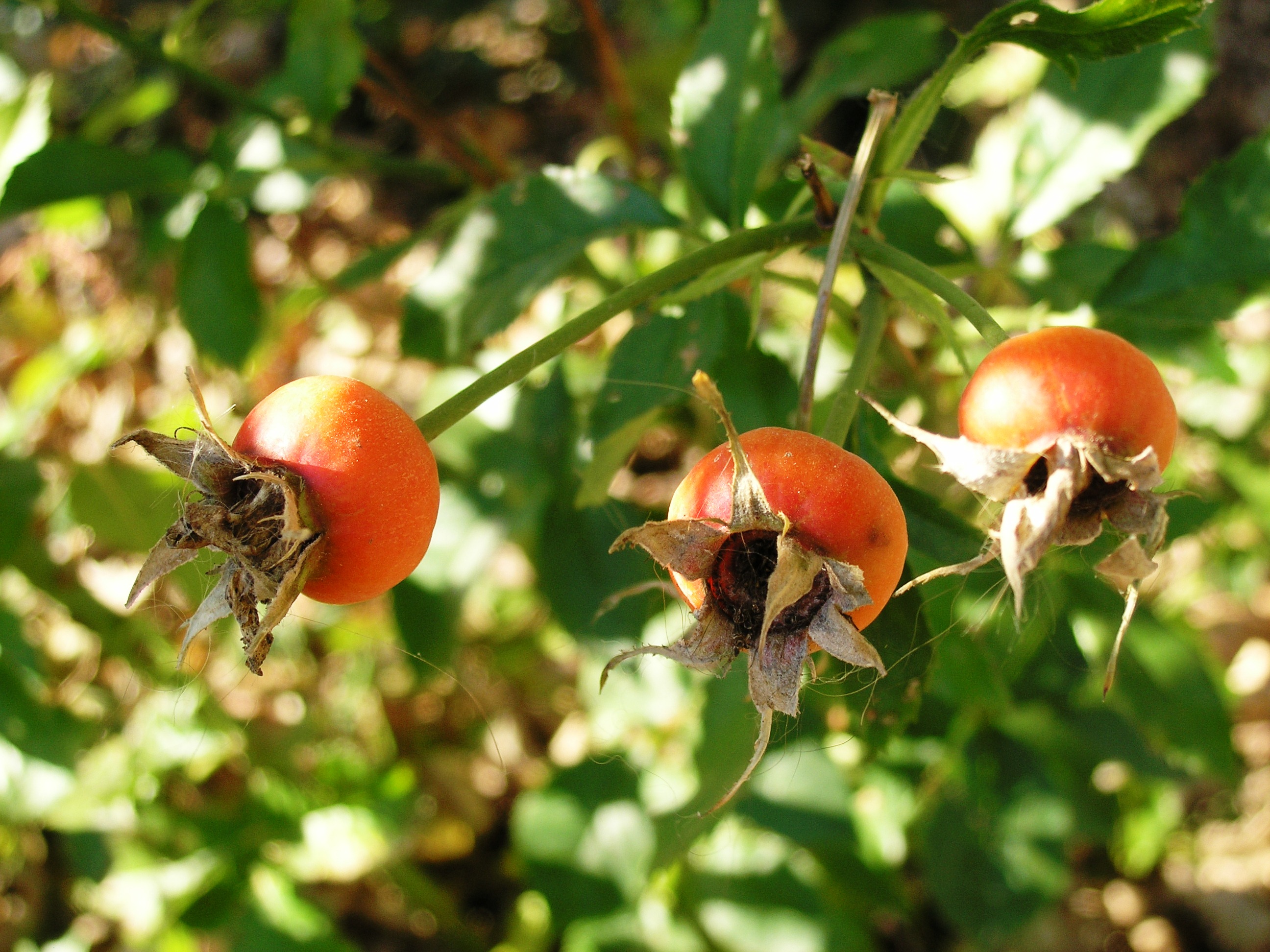
Supplements by Laurie Buchanan
No matter how well we eat, there are usually some nutritional gaps in our diet. Multivitamins and minerals are an easy and convenient way to help fill those gaps and insure that our bodies get all of the nutritional support they need every day.
There are 13 vitamins classified as either water soluble (C and B-complex) or fat soluble (A, D, E and K) each having a key role to play in our bodies.
Water Soluble Vitamins: Stored in the body for a brief period of time, water soluble vitamins are then excreted by the kidneys. The one exception is vitamin B12, which is stored in the liver. Water soluble vitamins need to be taken daily.
Fat Soluble Vitamin: Together with fat from the intestine, these vitamins are absorbed into the circulation. Any disease or disorder that affects the absorption of fat, such as celiac disease, can lead to a deficiency of these vitamins. Once absorbed into the circulation these vitamins are carried to the liver where they’re stored.
In addition to vitamins, our bodies need several minerals for the proper makeup of bone and blood, and for maintenance of normal cell function. These are divided into 2 groups:
Major minerals: phosphorous, calcium, sodium, potassium, chlorine, sulfur, and magnesium.
Trace minerals: iron, iodine, cobalt (from vitamin B12), chromium, selenium, copper, fluorine, manganese, zinc, and molybdenum.
Below I’ve provided a brief thumbnail sketch of some of key vitamins and minerals. It doesn’t include healthy oils (i.e., fish, garlic, flaxseed) or herbal supplements (i.e., milk thistle, ginkgo biloba, ginseng, echinacea).
Vitamin A – Vitamin A prevents eye problems, promotes a healthy immune system, is essential for the growth and development of cells, and keeps skin healthy.
Vitamin B-Complex – It’s my perspective that B vitamins should be taken as a complex, a combination of B vitamins that are essential for quality longevity, heart health, and aiding the body during times of stress. Here is a quick look at the individual B’s:
B-1 (also known as thiamin) helps the body to convert carbohydrates into energy and is necessary for the proper function of the heart, muscles, and nervous system.
B-2 (also known as riboflavin) is essential for turning carbohydrates into energy and producing red blood cells. It’s also important for vision.
B-3 (also known as niacin) helps the body convert food into energy. It helps maintain healthy skin and is important for nerve function.
B-6 is important for normal brain and nerve function. It also helps the body break down proteins and make red blood cells.
B-9 (also known as folic acid) helps the body make red blood cells, and is needed to make DNA.
B-12 helps to make red blood cells, and is important for nerve cell function.
Vitamin C – is needed to form collagen, a tissue that helps to hold cells together. It’s essential for healthy bones, teeth, gums, and blood vessels. It helps the body to absorb iron and calcium, aids in wound healing, and contributes to brain function.
Calcium – Essential for teeth and building strong bones. Adequate calcium in a healthy diet may reduce the risk of osteoporosis.
Vitamin D – Promotes the strength of the immune system, supports bone and joint health, and enhances calcium absorption. Vitamin D is unique in that the body is able to produce it when ultraviolet rays, specifically UVB, penetrate the skin. When these ultra violet rays come into contact with a compound in the skin called 7-dehydrocholesterol (a cholesterol precursor), this compound is converted to 1,25-dihydroxyvitamin D3 (vitamin D3), the active form of vitamin D.
Vitamin E – is an antioxidant that helps protect cells from damage. It’s also important for the health of red blood cells, maintenance of a healthy heart, lungs, prostate, and enhances digestive tract function.
Folic Acid – aids in the prevention of birth defects when it is taken prior to conception. Given its potential to protect the health of newborns, healthcare professionals strongly advocate that women begin taken folic acid supplements three months prior to the time they plan to conceive.
Iron – helps red blood cells carry oxygen to all parts of the body. Symptoms of iron-deficiency anemia include weakness and fatigue, lightheadedness, and shortness of breath.
Vitamin K – is necessary for blood clotting.
Magnesium – helps muscles and nerves to function, steadies the heart rhythm, and keeps bones strong. It also helps the body create energy and make proteins.
Phosphorous – helps form healthy bones and teeth. It also helps the body make energy. Every cell in the body needs phosphorus to function normally.
Potassium – helps with muscle and nervous system function. It also helps the body maintain the balance of water in the blood and body tissues.
Zinc – An infection fighting mineral, zinc is important for normal growth, strong immunity, and wound healing.
Not all vitamins and minerals are created equal, be sure to read the label. Naturally, you should work with your healthcare provider to find out which supplements you could benefit from, and how much is right for you taking into consideration your gender, age, weight, activity level, health concerns, and any medications you may be taking.
Listen with your heart,
Laurie Buchanan
“Whatever you are not changing, you are choosing.”
– Laurie Buchanan
www.HolEssence.com.
© 2010 Laurie Buchanan – All Rights Reserved
 I believe that post-traumatic growth is the positive change that can happen in the wake of a traumatic event.
I believe that post-traumatic growth is the positive change that can happen in the wake of a traumatic event.












